Home>Articles>How To Store Baby Teeth For Future Stem Cells At Home
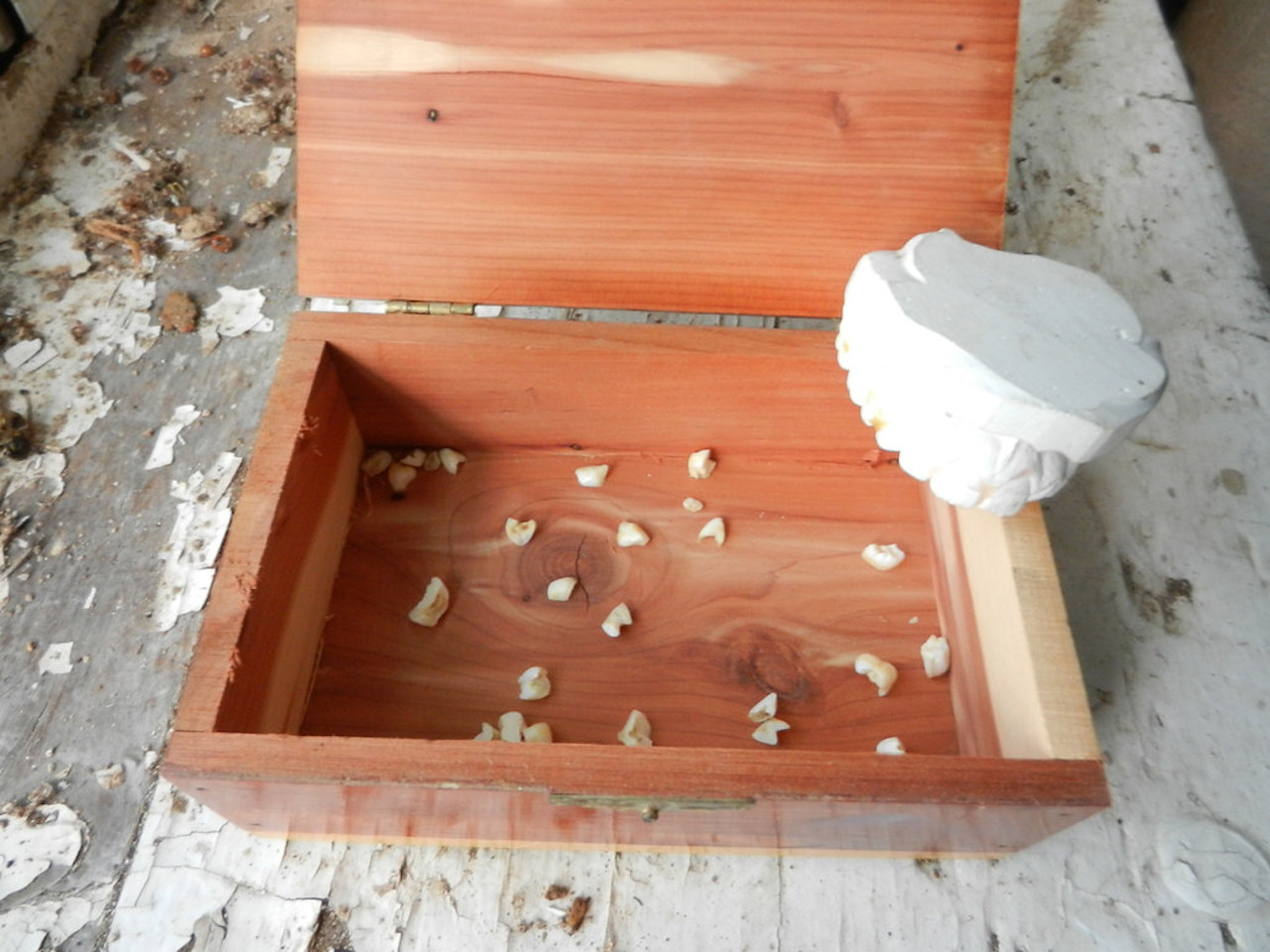

Articles
How To Store Baby Teeth For Future Stem Cells At Home
Modified: January 18, 2024
Learn how to store your baby's teeth at home to preserve their stem cells for future use. Read our informative articles on baby tooth storage techniques and benefits.
(Many of the links in this article redirect to a specific reviewed product. Your purchase of these products through affiliate links helps to generate commission for Storables.com, at no extra cost. Learn more)
Introduction
Welcome to the fascinating world of stem cell research and storage. Did you know that your child’s baby teeth could hold the potential for life-saving medical treatments in the future? With advancements in science, the concept of storing baby teeth for their stem cells has gained popularity among parents. In this article, we will explore what baby teeth stem cells are, why storing them is important, and how you can prepare and store your child’s baby teeth at home.
Baby teeth, also known as deciduous teeth, start to emerge around six months of age and are eventually replaced by permanent teeth. Over the years, it has been discovered that these baby teeth contain a valuable source of stem cells. Stem cells are undifferentiated cells that have the potential to develop into various types of cells in the body, including bone, muscle, nerve, and more. This incredible ability makes stem cells a valuable resource for regenerative medicine and potential treatments for diseases and injuries.
Now, you might be wondering why it’s important to store baby teeth for their stem cells. The answer lies in the unique properties of these stem cells. Baby teeth stem cells are considered to be younger and more versatile than other sources of stem cells, such as adult bone marrow or umbilical cord blood. They have the ability to differentiate into a wide variety of cell types and have a higher capacity for self-renewal, making them an attractive option for potential future therapies.
Storing your child’s baby teeth allows you to harness the potential of these valuable stem cells. By doing so, you are providing an insurance policy for your child’s future health. In the event that your child develops a medical condition or requires regenerative treatments, having access to their stored stem cells can be a game-changer.
So, how can you prepare for storing baby teeth? Firstly, it’s important to know when and how to extract baby teeth. Usually, baby teeth fall out naturally between the ages of 5 and 12. However, you should consult with a dentist to ensure the extraction is done safely and at the appropriate time. Choosing a reputable dentist experienced in extracting teeth for stem cell storage is crucial to ensure the integrity of the cells.
Once you have decided to store your child’s baby teeth, you will need to follow a specific procedure to ensure their preservation. In the next section, we will provide you with a step-by-step guide on how to store baby teeth at home. Get ready to embark on this exciting journey of safeguarding your child’s future health.
Key Takeaways:
- Storing baby teeth for their stem cells offers a potential insurance policy for future health, providing access to versatile and youthful stem cells that could be used for personalized regenerative treatments.
- Choosing the right storage method, whether professional stem cell banks or home-based options, is crucial for ensuring the long-term viability and potential use of stored baby teeth stem cells.
Read more: How To Store Button Cell Batteries
What are baby teeth stem cells?
Baby teeth stem cells, also known as dental stem cells, are a specific type of stem cells that can be found in the dental pulp of baby teeth. Dental pulp is the soft, innermost part of the tooth that contains nerves, blood vessels, and connective tissue. It is within this dental pulp that the stem cells reside.
The stem cells found in baby teeth have the ability to differentiate into various cell types, including osteoblasts (cells that form bones), chondrocytes (cells that form cartilage), adipocytes (cells that form fat tissue), and even neural cells (cells of the nervous system). This versatility makes them valuable for potential regenerative medicine therapies.
What sets baby teeth stem cells apart from other sources of stem cells is their youth and relative abundance. Baby teeth are shed naturally during childhood as the permanent teeth emerge, providing a convenient and non-invasive method of obtaining these valuable stem cells.
It is important to note that baby teeth stem cells are different from embryonic stem cells, which are derived from embryos. Baby teeth stem cells are considered to be safer and ethical alternatives to embryonic stem cells, as they do not involve the destruction of embryos.
Research on baby teeth stem cells is still ongoing, but scientists believe that they hold great promise for regenerative medicine and potential treatments for various conditions. Some of the areas where baby teeth stem cells show potential include the treatment of dental and oral conditions, bone regeneration, nerve regeneration, and even certain systemic diseases.
By preserving and storing your child’s baby teeth, you are essentially banking on the potential of these unique stem cells. Should the need arise in the future, these stored stem cells could be utilized for personalized regenerative treatments that may help your child overcome certain health challenges.
It’s important to remember that although baby teeth stem cells hold tremendous potential, they are not a guarantee of a cure or treatment for every condition. However, by storing these precious cells, you are providing your child with an opportunity for future medical advancements and potential therapeutic options.
Why store baby teeth for future stem cells?
Storing baby teeth for their stem cells has gained popularity among parents, and for good reason. The ability to store and preserve these unique cells provides numerous potential benefits for your child’s health and well-being.
1. Future Medical Treatments: Baby teeth stem cells have the capacity to transform into various cell types, which makes them a valuable resource for potential regenerative medicine therapies. By storing your child’s baby teeth, you are securing a source of stem cells that could potentially be used in the future for personalized treatments. These cells have the potential to aid in the regeneration of tissues, bones, and even nerves, opening doors to potential treatments for conditions such as dental malformations, bone defects, and neurological disorders.
2. Higher Stem Cell Quality: Baby teeth stem cells are considered to be younger and more potent than other sources of stem cells, such as adult bone marrow or umbilical cord blood. The youthfulness of these cells means they have a higher capacity for self-renewal and potential differentiation. Storing baby teeth allows you to preserve these stem cells at their most optimum state, ensuring their viability and potential for future use.
3. Compatibility and Family Use: Storing your child’s own stem cells eliminates the chances of rejection or compatibility issues that can occur with using stem cells from other donors. By banking on your child’s own stem cells, you increase the likelihood of compatibility and reduce the risk of immune system rejection. Additionally, stored stem cells may also be used by immediate family members in certain cases, making it a valuable asset for the whole family.
4. Insurance against Future Diseases and Injuries: No one can predict what the future holds, and your child may encounter unforeseen health challenges or injuries. Having stored baby teeth stem cells can provide a form of biological insurance for your child. In the event that they need regenerative treatments or therapies, these stored stem cells could potentially be used to alleviate or treat their condition.
5. Research Advancements: The field of stem cell research is constantly evolving, and scientists are making new discoveries and advancements in this area. By storing baby teeth stem cells, you contribute to the advancement of medical research. Your stored cells can be used for scientific studies and contribute to the development of innovative therapies and treatments for various conditions.
It’s important to remember that the decision to store baby teeth for their stem cells is a personal and individual choice. It’s crucial to do thorough research, consult with healthcare professionals, and choose a reputable and reliable stem cell storage facility. By weighing the potential benefits and considering your family’s medical history, you can make an informed decision about whether storing your child’s baby teeth for future stem cells is the right choice for you.
How to prepare for storing baby teeth?
If you’re considering storing your child’s baby teeth for their stem cells, there are a few important steps you need to take to ensure proper preparation. By following these steps, you can maximize the chances of successful stem cell preservation and future use.
1. Research and Choose a Reputable Stem Cell Bank: Start by researching and choosing a reputable stem cell bank that specializes in preserving and storing baby teeth stem cells. Look for a bank that has a good track record, positive customer reviews, and transparent information about their storage and retrieval processes. Ensure that the bank follows strict standards and regulations for cell storage.
2. Consult with a Dentist: Before proceeding with tooth extraction, consult with a dentist who is experienced in extracting teeth for stem cell storage. They can provide guidance on the appropriate timing, condition of the tooth, and proper extraction techniques. An experienced dentist will ensure that the procedure is performed safely and that the tooth is preserved in the best possible condition for stem cell extraction.
3. Timing of Tooth Extraction: Baby teeth naturally fall out between the ages of 5 and 12 as permanent teeth start to emerge. It is vital to extract the tooth at the right time to ensure the dental pulp containing the stem cells is still viable. Consult with your dentist to determine the optimal time for extraction based on the natural progression of your child’s teeth.
4. Proper Tooth Handling: Once the tooth falls out or is extracted, handle it with care to maintain its integrity. Avoid touching the root or exposing it to contaminants. Rinse the tooth gently with saline solution or natural saline solution made with salt and water. Do not use any chemicals or disinfectants, as they can damage the stem cells.
5. Preserve the Tooth: To ensure the tooth remains viable for stem cell extraction, it should be stored in a suitable transport medium recommended by the stem cell bank. This transport medium is designed to keep the tooth in a stable environment until it reaches the storage facility. Follow the bank’s instructions carefully to ensure proper storage.
6. Promptly Ship the Tooth: Once the tooth is properly stored in the transport medium, arrange for its shipment to the stem cell bank as soon as possible. Time is of the essence to maintain the quality and viability of the dental pulp and stem cells. The bank will provide instructions on how to package and ship the tooth securely.
By following these preparation steps, you can help ensure the best possible outcome for storing your child’s baby teeth for their stem cells. Remember to stay in communication with the stem cell bank throughout the process and update them on any changes in contact information or medical history. By doing so, you can have peace of mind knowing that you have taken the necessary steps to preserve these valuable stem cells for your child’s future health.
Store baby teeth for future stem cells by placing them in a clean, airtight container with a small amount of saline solution or milk to keep them moist. Then, store the container in the back of the freezer to preserve the stem cells until they can be properly processed.
Step-by-step guide to storing baby teeth at home
Storing your child’s baby teeth for their stem cells can be a straightforward process when done correctly. Here is a step-by-step guide to help you in storing baby teeth at home:
1. Gather the necessary supplies: Start by gathering the supplies you will need for tooth extraction and storage. This includes sterile gauze pads, saline solution, a clean container with a tight-fitting lid, and a transport medium recommended by a reputable stem cell bank.
2. Consult with a dentist: Prior to extracting the baby tooth, consult with a dentist experienced in tooth extraction for stem cell storage. They can guide you on the best timing and proper techniques to ensure a successful extraction.
3. Prepare for tooth extraction: When the baby tooth is loose and ready to come out naturally, use sterile gauze pads to gently grip the tooth and remove it. Alternatively, if extraction is required, follow your dentist’s instructions carefully to ensure a safe and painless procedure.
4. Handle the tooth with care: Once the tooth is extracted, handle it delicately by its crown (the chewing surface) to avoid damaging the dental pulp and stem cells. Avoid touching the root or exposing it to contaminants.
5. Rinse the tooth: Rinse the tooth gently with saline solution or a homemade saline solution made with salt and water. This helps remove any debris or blood while keeping the tooth clean. Do not use any chemicals or disinfectants, as they can harm the stem cells.
6. Place the tooth in a storage container: Carefully place the rinsed tooth in a clean container with a tight-fitting lid. Ensure that the container is sterile and free from any contaminants. Avoid using plastic bags or airtight containers that may trap moisture.
7. Fill the container with the recommended transport medium: Fill the container with the recommended transport medium provided by the stem cell bank. This medium is specifically designed to preserve the tooth and maintain the viability of the stem cells during transportation. Follow the bank’s instructions on the proper amount of transport medium to use.
8. Seal the container securely: Close the lid of the container tightly to create a secure seal. This helps prevent any leakage or exposure to the external environment during transportation. Make sure the container is labeled with your child’s name and the date of extraction.
9. Ship the tooth to the stem cell bank: Once the tooth is securely stored, arrange for its prompt shipment to the stem cell bank as instructed by the bank. Follow their guidelines on packaging and shipping to ensure the tooth arrives in optimal condition for stem cell extraction.
10. Maintain communication with the stem cell bank: Stay in touch with the stem cell bank throughout the process. Update them on any changes in contact information or medical history. This ensures smooth and efficient storage of your child’s baby teeth stem cells.
By following this step-by-step guide, you can successfully store your child’s baby teeth at home for their valuable stem cells. Remember to choose a reputable stem cell bank and consult with a dentist to ensure the best possible outcome. Preserving these stem cells can provide potential future health benefits for your child.
Read more: How To Store Floral Stems
Choosing the right storage method
When it comes to storing your child’s baby teeth for their stem cells, choosing the right storage method is crucial. The method you select should ensure the preservation and viability of the stem cells for potential future use. Here are some factors to consider when choosing the right storage method:
1. Professional Stem Cell Banks: Professional stem cell banks are specialized facilities that offer secure storage and preservation of stem cells. These banks have the expertise and infrastructure to handle and store stem cells at optimal conditions. They provide temperature-controlled environments, strict quality control measures, and comprehensive monitoring systems to ensure the long-term viability of the cells. Storing baby teeth with a professional stem cell bank offers the advantage of professional care and expertise.
2. Home-based Storage: Some parents opt for home-based storage methods, where they store their child’s baby teeth themselves. Home storage kits are available which provide the necessary containers and preservation solutions for tooth storage. This allows for convenience and immediate access to the stored teeth if needed. However, home-based storage may not have the same level of expertise and facilities as professional stem cell banks, which may impact the long-term viability and quality of the stored stem cells.
3. Temperature Control: Stem cells are sensitive to temperature fluctuations. It is important to choose a storage method that ensures proper temperature control. Professional stem cell banks have advanced temperature-controlled storage systems, maintaining the samples at an optimal temperature. Home-based storage kits may provide recommendations for temperature control, such as storing the tooth in a refrigerator. Follow the recommended temperature guidelines to maintain the integrity of the stem cells.
4. Viability Testing: Another important consideration is the availability of viability testing. You may want to choose a storage method that provides periodic testing to assess the viability and quality of the stored stem cells. Viability testing can give you peace of mind knowing that the stem cells are being well-preserved and are ready for potential future use.
5. Accreditation and Compliance: Look for storage methods that adhere to strict quality standards and have necessary accreditations. Check if the stem cell bank or home-based storage kit provider is compliant with regulatory bodies and follows industry best practices. Accreditation ensures that the storage method meets the required standards for handling and preserving stem cells.
6. Transparency and Security: Choose a storage method that offers transparency and effective security measures. Professional stem cell banks often have robust security systems in place to protect the samples from any unauthorized access. For home-based storage, ensure that the storage container can be tightly sealed and that there are no risks of exposure to contaminants or damage.
Ultimately, the choice of storage method depends on your priorities and comfort level. Professional stem cell banks can provide the highest level of expertise and infrastructure, giving you peace of mind knowing that the stem cells are in professional care. Home-based storage offers convenience and immediate accessibility. Whichever option you choose, research and evaluate the options thoroughly to make an informed decision based on your specific needs and preferences.
Remember, the storage of baby teeth stem cells is a long-term commitment, so it’s important to choose a method that aligns with your expectations and ensures the best chances for potential future use. Consult with healthcare professionals and evaluate the reputation and track record of the storage method before making your decision.
Common questions and concerns about storing baby teeth
Storing baby teeth for their stem cells is a relatively new concept that can raise various questions and concerns. Here are some common questions and concerns that parents may have when considering this option:
1. Is storing baby teeth for stem cells safe?
Storing baby teeth for their stem cells is considered to be safe. The extraction process is similar to a routine tooth extraction and is performed by experienced dentists. Reputable stem cell banks follow strict protocols and guidelines to ensure the integrity and safety of the stored stem cells.
2. Can stem cells from baby teeth be used for any condition?
While stem cells from baby teeth hold great potential for regenerative therapies, their use is not guaranteed for every condition. Research is ongoing to understand the scope of treatments and therapies that can be derived from these stem cells. It’s important to have realistic expectations and consult with healthcare professionals regarding specific medical conditions.
3. Is there an age limit for storing baby teeth?
There is typically no age limit for storing baby teeth. However, it is recommended to store baby teeth that are shed naturally between the ages of 5 and 12. Consult with a dentist to determine the optimal time for tooth extraction based on your child’s dental development.
4. How long can baby teeth stem cells be stored?
Baby teeth stem cells can potentially be stored for an extended period, ranging from several decades to a lifetime. The longevity of storage depends on the storage method and the quality of the stem cell bank or storage system used. Professional stem cell banks ensure proper conditions and monitoring for long-term storage.
5. What happens if the stem cell bank goes out of business?
Reputable stem cell banks have protocols in place to protect the stored samples even in the event of business closure. They often have contingency plans to transfer the samples to another responsible facility to ensure continued preservation. It’s important to choose a reputable stem cell bank that provides assurances and clear guidelines regarding this scenario.
6. What happens if my child needs their stored stem cells?
If there is a need for your child’s stored stem cells, contact the stem cell bank where they are stored. They will provide instructions on how to initiate the retrieval process. The bank will work with you and your healthcare providers to ensure a smooth and efficient retrieval for potential therapeutic use.
7. Can siblings or other family members use the stored stem cells?
In some cases, stored stem cells from a child’s baby teeth may be compatible with siblings or other family members. This possibility depends on several factors, including the HLA (human leukocyte antigen) compatibility between the donor and recipient. Discuss with the stem cell bank about the potential for shared use and any available options for family members.
8. What are the costs involved in storing baby teeth?
The cost of storing baby teeth for their stem cells varies depending on the chosen stem cell bank or storage method. There are typically upfront fees for tooth extraction, sample processing, and ongoing yearly or long-term storage fees. Research and compare different options to understand the complete cost structure and any additional charges that may apply.
It’s important to address these questions and concerns by conducting thorough research, consulting with healthcare professionals, and choosing a reputable stem cell bank. Having a clear understanding of the process and potential outcomes will help you make an informed decision regarding the storage of your child’s baby teeth for their stem cells.
Summary and Conclusion
Storing baby teeth for their stem cells is an exciting and innovative concept that holds significant potential for future medical treatments. Baby teeth contain valuable stem cells that can differentiate into various types of cells, making them a valuable resource for regenerative medicine. By storing these stem cells, parents can provide an additional form of biological insurance for their child’s future health.
In this article, we discussed what baby teeth stem cells are and why they are important. Baby teeth stem cells are unique because of their youthfulness and versatility, making them an attractive option for potential regenerative therapies. By storing baby teeth stem cells, parents can potentially access personalized treatments or therapies for their child in the future.
Preparing for storing baby teeth involves consulting with a dentist experienced in tooth extraction for stem cell storage. It is important to handle the tooth with care, rinse it gently, and store it in a suitable container with the recommended transport medium. Promptly shipping the tooth to a reputable stem cell bank is essential to ensure the preservation of the stem cells.
When choosing a storage method, it is important to consider factors such as professional stem cell banks, temperature control, viability testing, accreditation, transparency, and security. Professional stem cell banks offer expertise and specialized infrastructure for long-term storage, while home-based storage options provide convenience and immediate accessibility.
Common questions and concerns about storing baby teeth were addressed, including safety, usage for different conditions, age limits, longevity of storage, and compatibility with family members. It’s important to have realistic expectations, choose a reputable stem cell bank, and stay informed about the potential benefits and limitations of using stored stem cells.
In conclusion, storing baby teeth for their stem cells is a proactive step towards potential future medical treatments. It allows parents to harness the power of stem cells for personalized regenerative therapies. By understanding the process, choosing the right storage method, and addressing any concerns, parents can make an informed decision that aligns with their hopes and aspirations for their child’s future health.
Frequently Asked Questions about How To Store Baby Teeth For Future Stem Cells At Home
Was this page helpful?
At Storables.com, we guarantee accurate and reliable information. Our content, validated by Expert Board Contributors, is crafted following stringent Editorial Policies. We're committed to providing you with well-researched, expert-backed insights for all your informational needs.

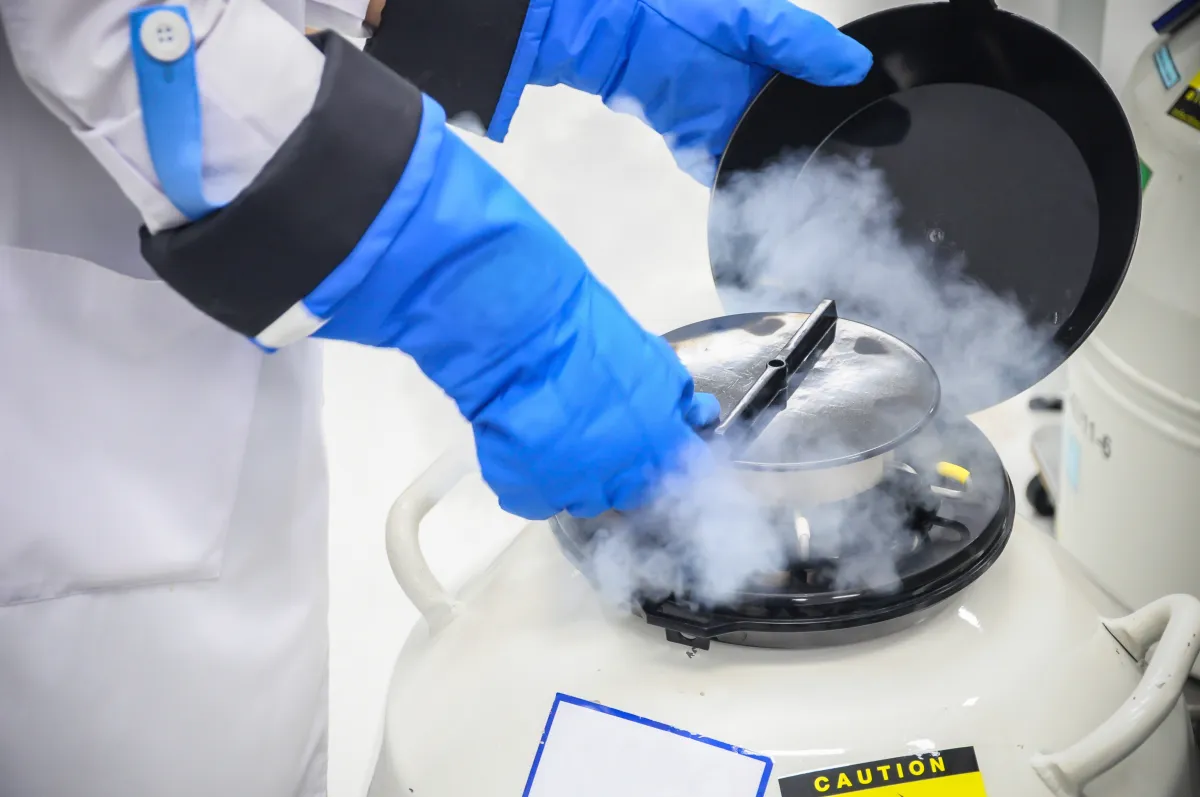
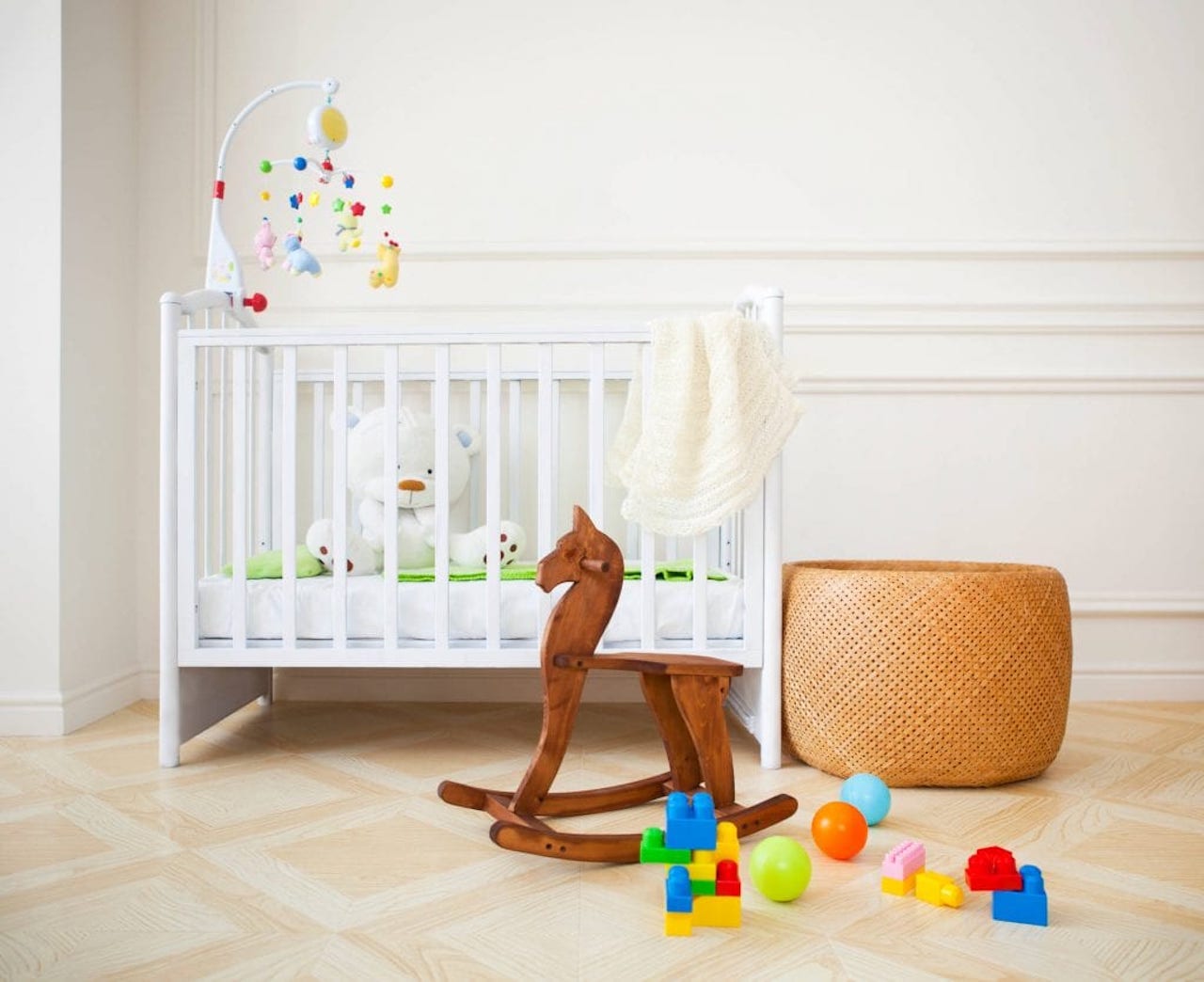



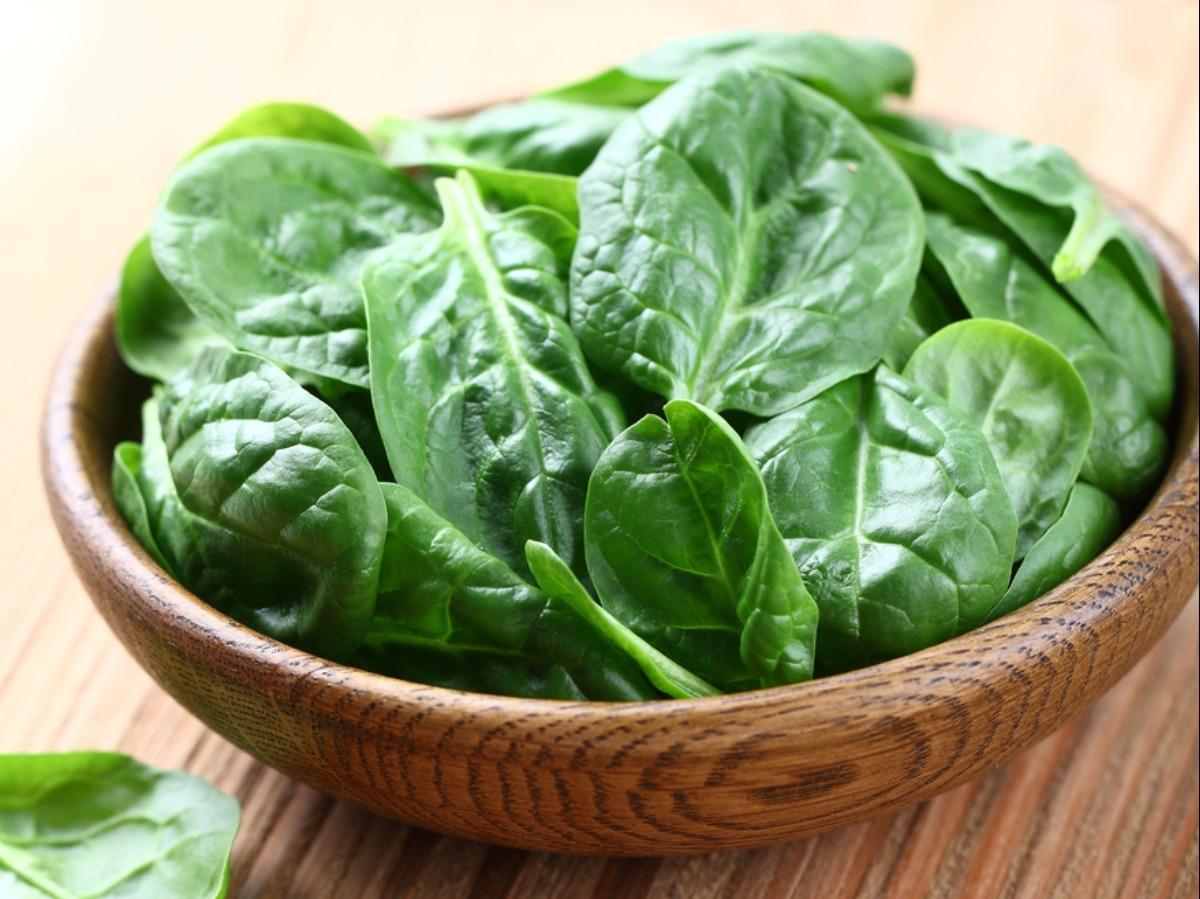
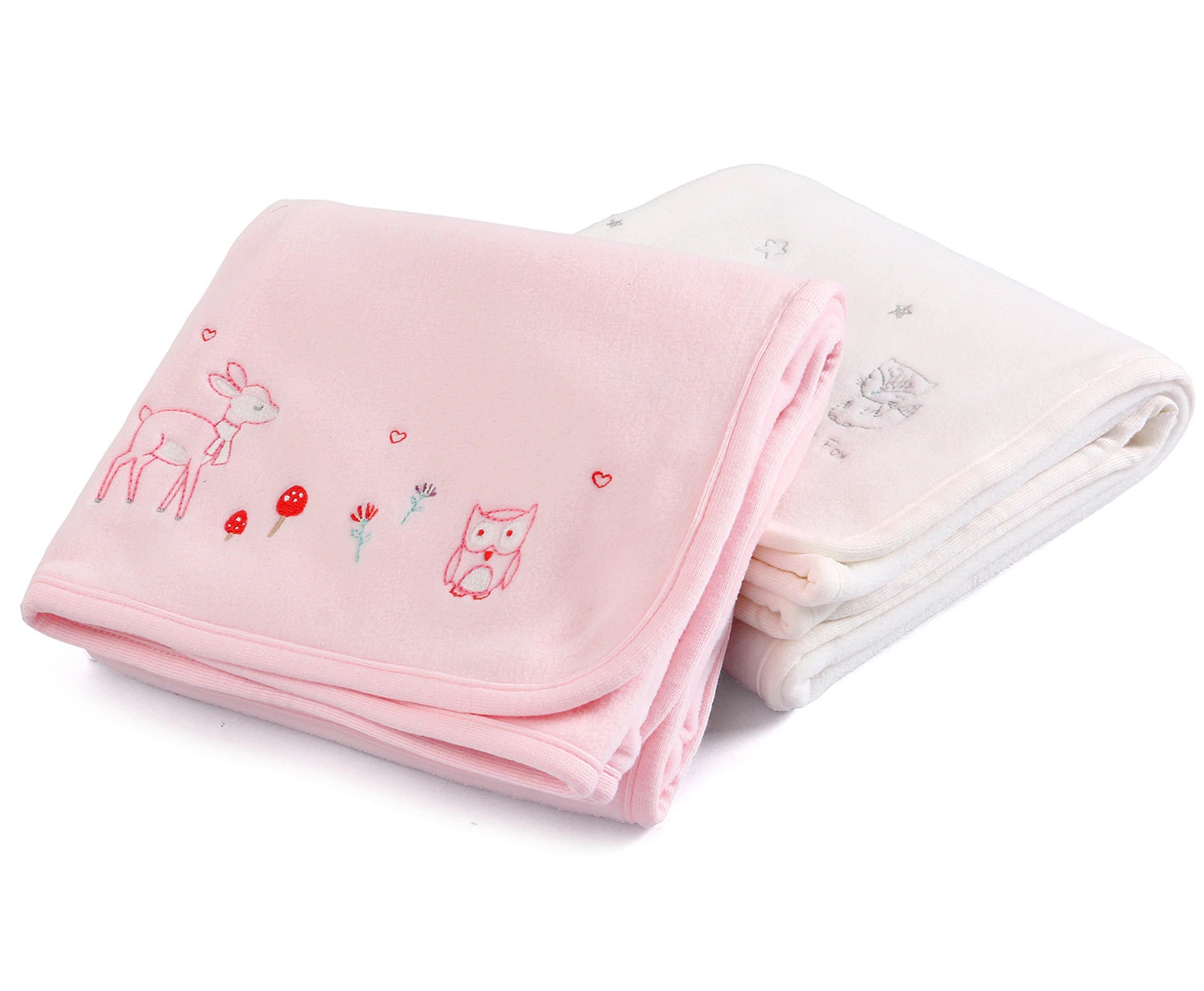

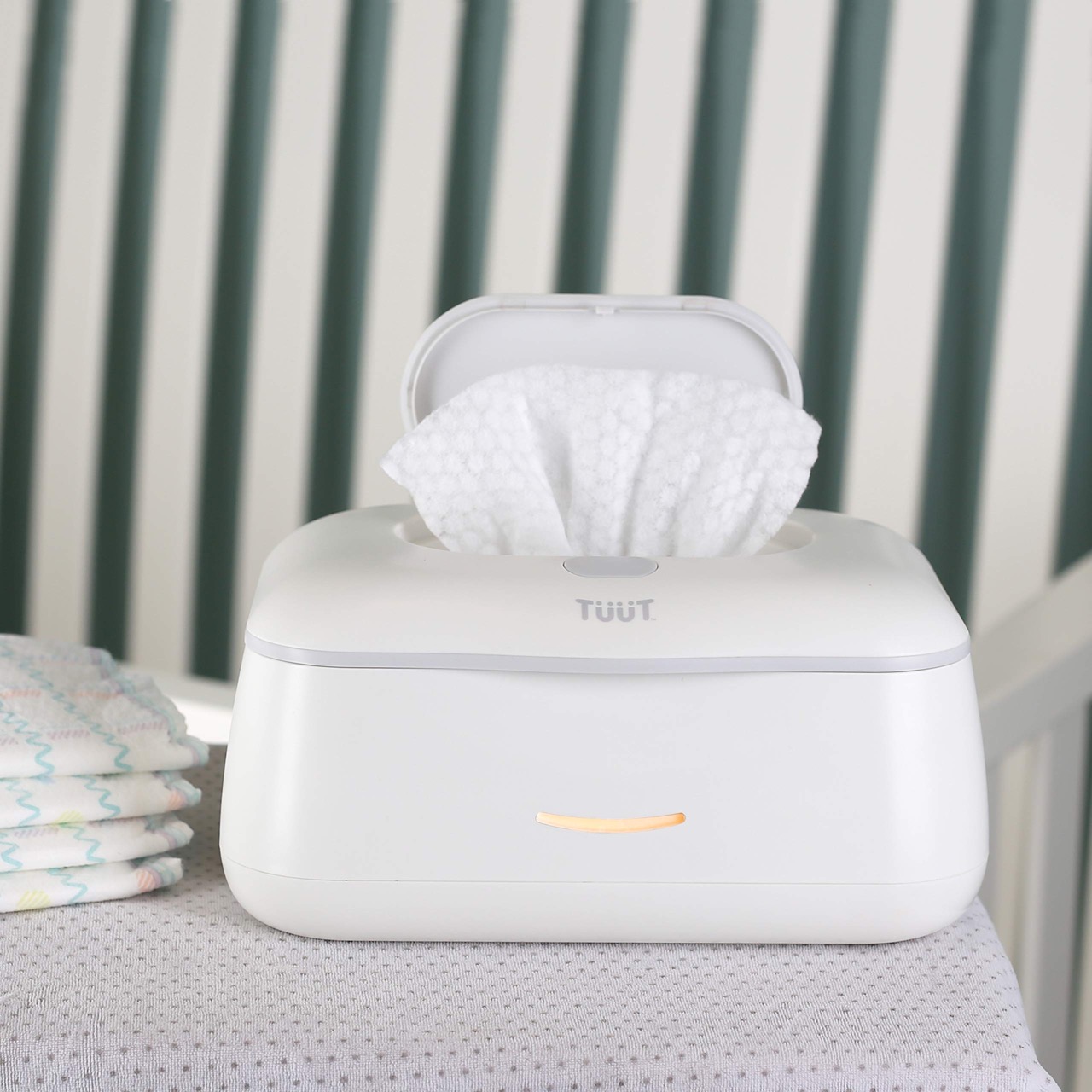
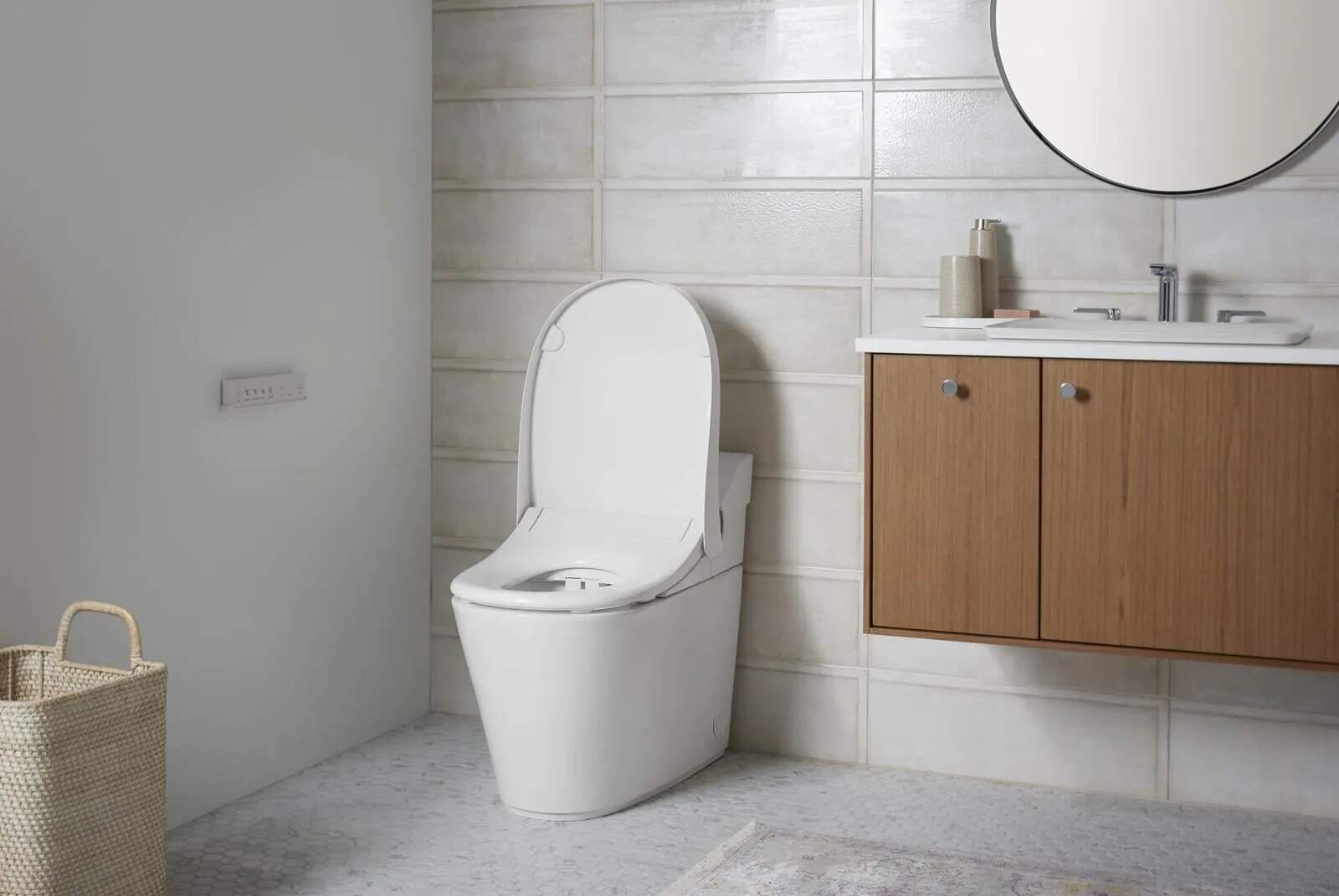
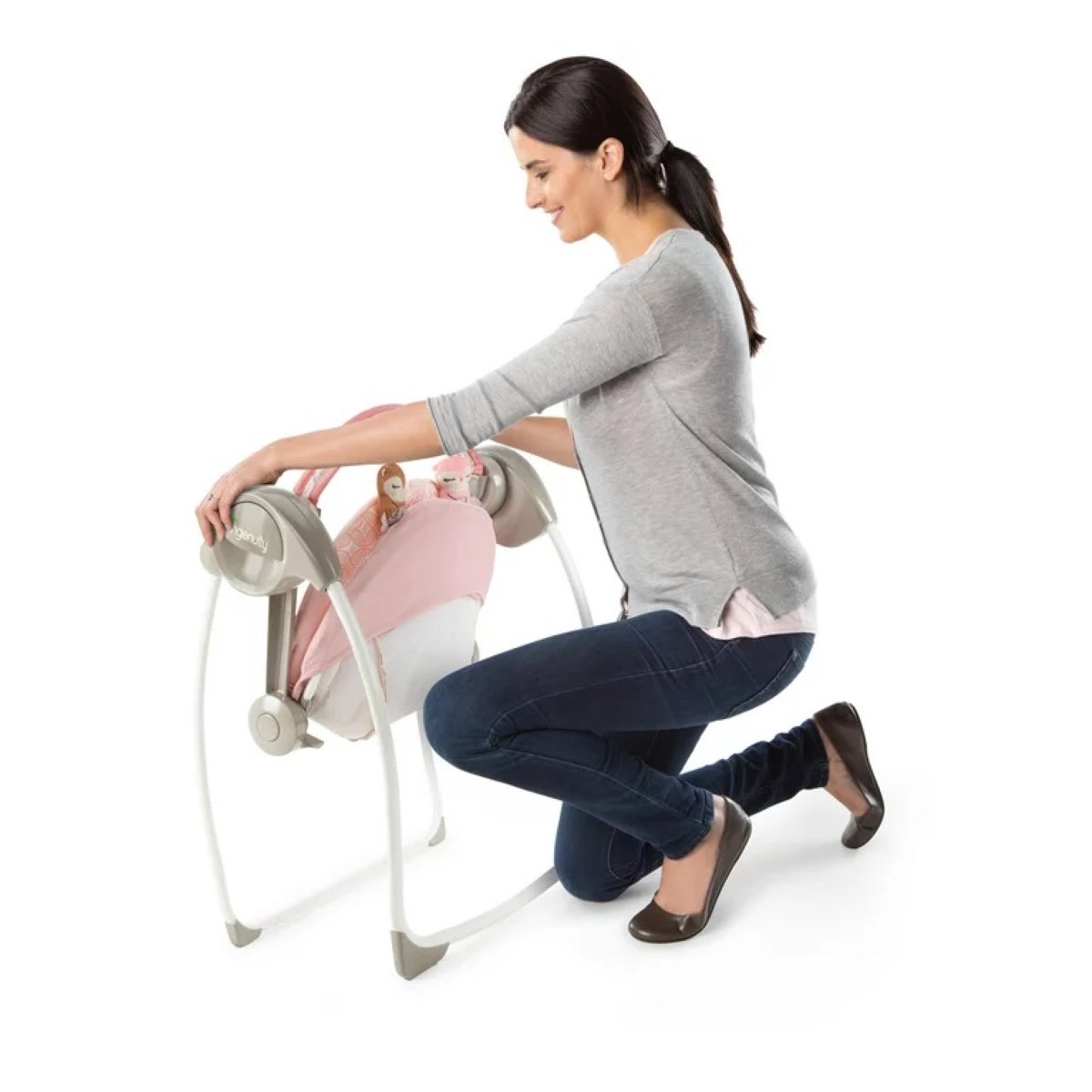



0 thoughts on “How To Store Baby Teeth For Future Stem Cells At Home”